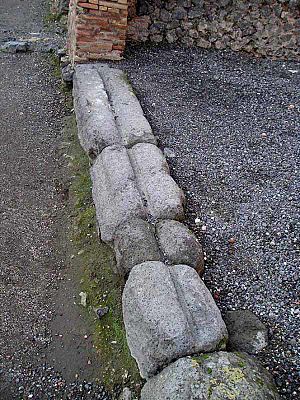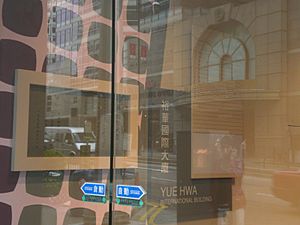Sliding door facts for kids


A sliding door is a special type of door that opens by sliding horizontally, usually along a track. Instead of swinging open like a regular door, it moves sideways. This design makes them very useful in places where there isn't much space for a door to swing. You can find sliding doors in many different places, from homes to shops and even on vehicles.
Contents
How Sliding Doors Work
Sliding doors operate using a simple but clever system. They typically have rollers or glides that fit into a track.
The Track System
Most sliding doors use a track system to move smoothly.
- Top-hung doors: These doors hang from rollers that run along a track installed above the door opening. This is a common design, especially for heavier doors, because the weight is supported from the top.
- Bottom-rolling doors: These doors have rollers at the bottom that run on a track on the floor. A guide at the top keeps the door stable. This type is often used for lighter doors or where a top track isn't practical.
Door Panels and Materials
Sliding doors can have one or more panels.
- Single panel: A single door panel slides to one side, often disappearing into a wall pocket or sliding along the wall.
- Multiple panels: Some sliding doors have two or more panels that can slide past each other. This is common for patio doors or wardrobe doors.
These doors can be made from many materials, including wood, glass, metal, or plastic. Glass sliding doors are popular for letting in natural light.
Where Are Sliding Doors Used?
Sliding doors are incredibly versatile and are used in many different settings because they save space and look modern.
In Homes
- Wardrobes: Many closets and wardrobes have sliding doors. This is great for bedrooms where a swinging door might block furniture.
- Bathrooms: Sliding doors are often used for showers or to separate a bathroom from a bedroom, saving space in smaller areas.
- Patios and Balconies: Large glass sliding doors, often called patio doors, connect indoor living spaces to outdoor areas. They offer great views and let in lots of light.
- Room Dividers: Some homes use sliding doors to divide larger rooms into smaller, more private spaces when needed.
In Public and Commercial Buildings
- Shop Entrances: Many stores have automatic sliding doors that open when someone approaches. This makes it easy for customers to enter, especially if they are carrying bags or pushing strollers.
- Offices: Sliding doors are used in offices for meeting rooms or private offices, offering a sleek look and saving space in busy hallways.
- Hospitals: Automatic sliding doors are common in hospitals for easy access, especially for people in wheelchairs or on gurneys.
On Vehicles and Transport
- Vans and Buses: Many vans, especially delivery vans, have sliding side doors for easy loading and unloading in tight spaces. Some buses also use sliding doors for passengers.
- Trains: Train carriages often have sliding doors between cars or for entry and exit.
- Elevators: The doors on elevators are a type of sliding door.
History of Sliding Doors
Sliding doors are not a new invention. They have been around for a very long time.
Ancient Origins
Evidence of sliding doors has been found in ancient Pompeii, a city in Italy that was buried by a volcanic eruption in 79 AD. Archaeologists have discovered tracks for sliding doors in ancient Roman buildings, showing that people used them even back then. This proves that the idea of a door moving sideways to save space is thousands of years old.
Modern Development
Over time, the design and materials for sliding doors improved. The invention of better rollers and tracks made them smoother and more reliable. Today, with modern technology, we have advanced automatic sliding doors that use sensors to open and close, making them very convenient and safe.
Benefits of Sliding Doors
Sliding doors offer several advantages over traditional swinging doors.
- Space-Saving: This is the biggest benefit. Since they don't swing out, they don't need extra space in a room, which is perfect for smaller homes or tight areas.
- Modern Look: They often give a sleek, contemporary look to a building or room.
- Accessibility: Wide sliding doors can be very accessible for people using wheelchairs or those who need more space to move through an opening.
- Natural Light: Large glass sliding doors, like patio doors, allow a lot of natural light to enter a room, making it feel brighter and more open.
- Easy to Use: Modern sliding doors, especially automatic ones, are very easy to open and close.
See also
 In Spanish: Puerta corrediza para niños
In Spanish: Puerta corrediza para niños



